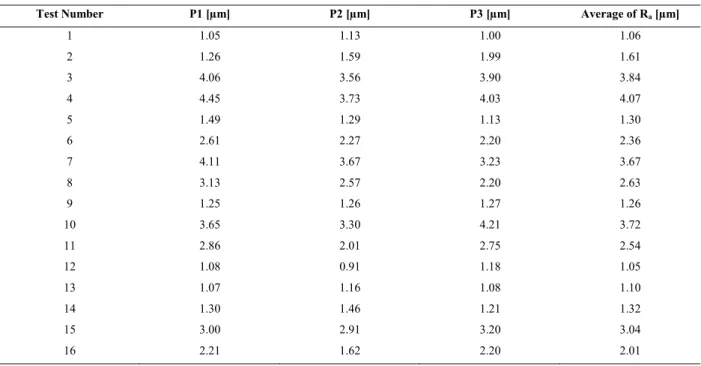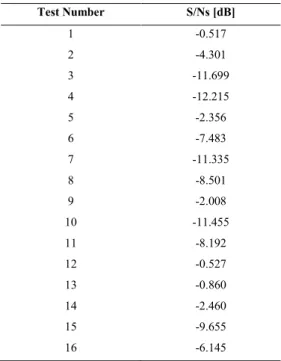Thermo-mechanical modeling of a high pressure turbine blade of an airplane gas turbine engine
Texto
Imagem



Documentos relacionados
The surface quality depends on process parameters (lead angle, tilt angle, feed per tooth, cut- ting speed, radial depth of cut, cutting depth) and the choice of the
The objective of this research was to quantify the influence of the cutting speed, feed per tooth and depth of cut, mainly at high-speed machining, on the microhardness
Variation of surface roughness (Ra) with depth of cut for both the composites at a constant length of cutting of 50 mm, cutting speed of 80 m/min, feed rate of 0.075 mm/rev for
• AcombinationofMQLlubricatingmode,highcutting speed, low feed rate, high nose radius with low depth of cut is helpful for achieving the minimal surface
The inluence of cutting speed, feed rate and radial depth of cut on various machinability characteristics such as maximum temperature ( T max ), surface roughness ( R a ) and
All above listed papers concluded that surface roughness parameters of steels increase with increasing feed rate but decrease with increasing the cutting speed and the depth
On the other side, the surface finish in the turning process is influenced by a number of factors, such as: cutting speed, feed rate, depth of cut, material
The models use Takagi- Sugeno-Kang-type (TSK-type) fuzzy rule to study the effect of four (input) cutting parameters (cutting speed, feed rate, radial depth of cut and axial depth